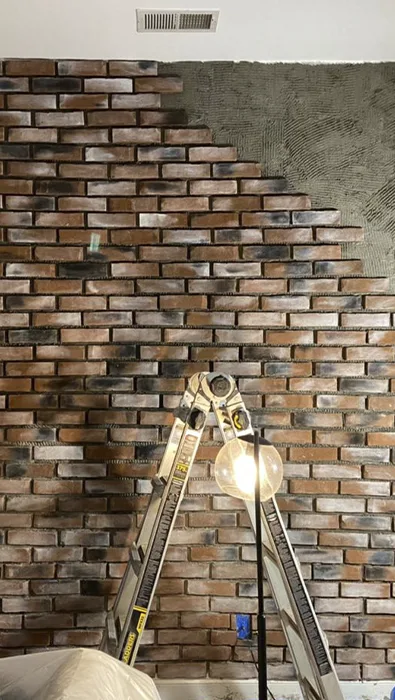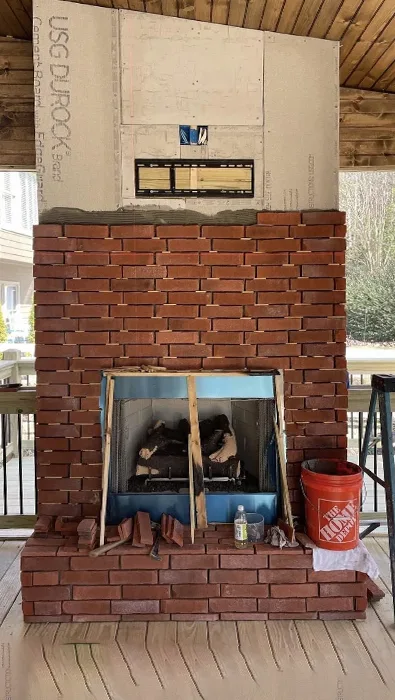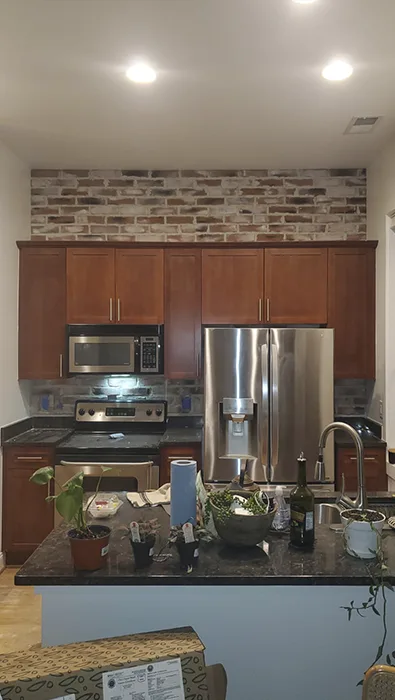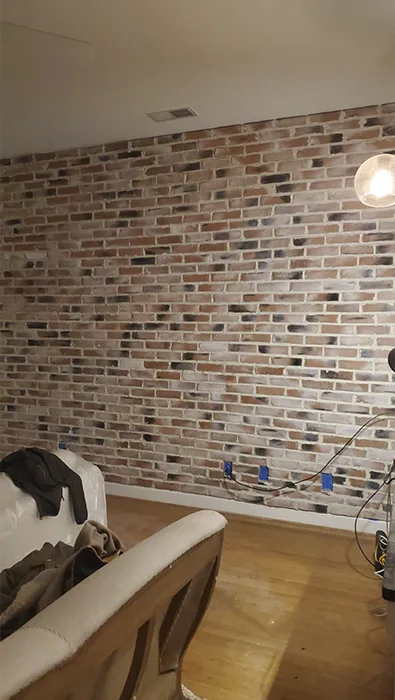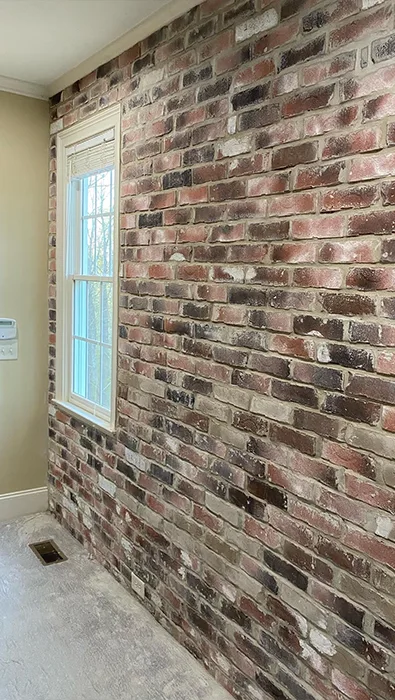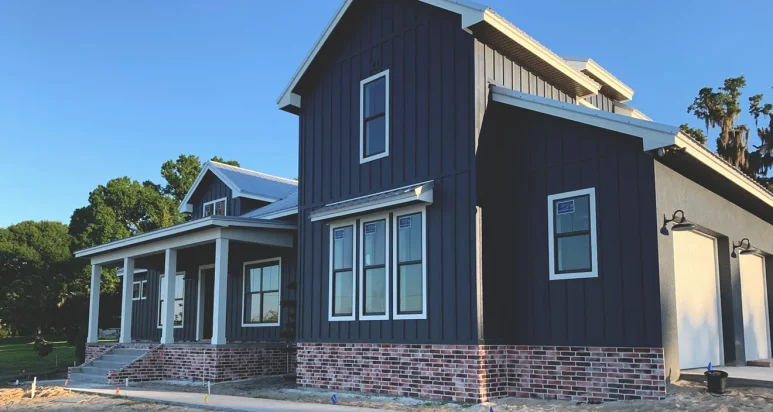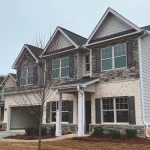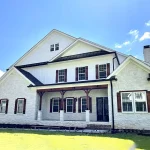Thin brick, as the name suggests, refers to a type of brick that is thinner than traditional bricks. It serves as a veneer for various architectural applications, both indoors and outdoors. Let’s explore the advantages and features of thin brick:
- Lightweight and Easy to Handle:
- Thin bricks are significantly lighter than standard bricks.
- Their reduced weight simplifies transportation and installation, leading to lower labor costs and faster project completion.
- Space-Saving Design:
- Thin bricks occupy less space compared to their thicker counterparts.
- Ideal for situations where space is limited or a sleek wall profile is desired.
- Design Flexibility:
- Available in various colors, textures, and sizes, thin bricks offer design versatility.
- Architects can achieve a wide range of architectural styles and aesthetics.
- Cost-Effective Installation:
- Although thin bricks may have a higher initial cost per square foot, they result in overall savings.
- Reduced installation costs and structural requirements contribute to long-term affordability.
- Compatibility and Renovation:
- Thin bricks can be installed over existing surfaces like drywall, concrete, or wood.
- Perfect for renovation and remodeling projects without extensive demolition.
- Durability and Resistance:
- Manufactured to meet quality standards, thin bricks ensure longevity.
- They resist weathering, fading, and damage from moisture and pests.
- Insulation Benefits:
- Some thin brick systems incorporate insulation materials.
- Enhances thermal and acoustic properties of the building envelope.
In summary, thin bricks combine aesthetic appeal, ease of installation, and cost-effectiveness. Whether for residential or commercial projects, thin bricks offer a smart choice for architects and builders. If you need further adjustments or have additional requests, feel free to ask!
